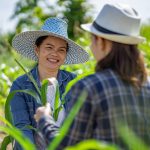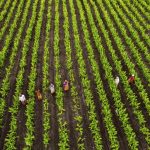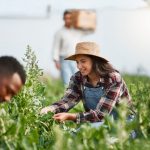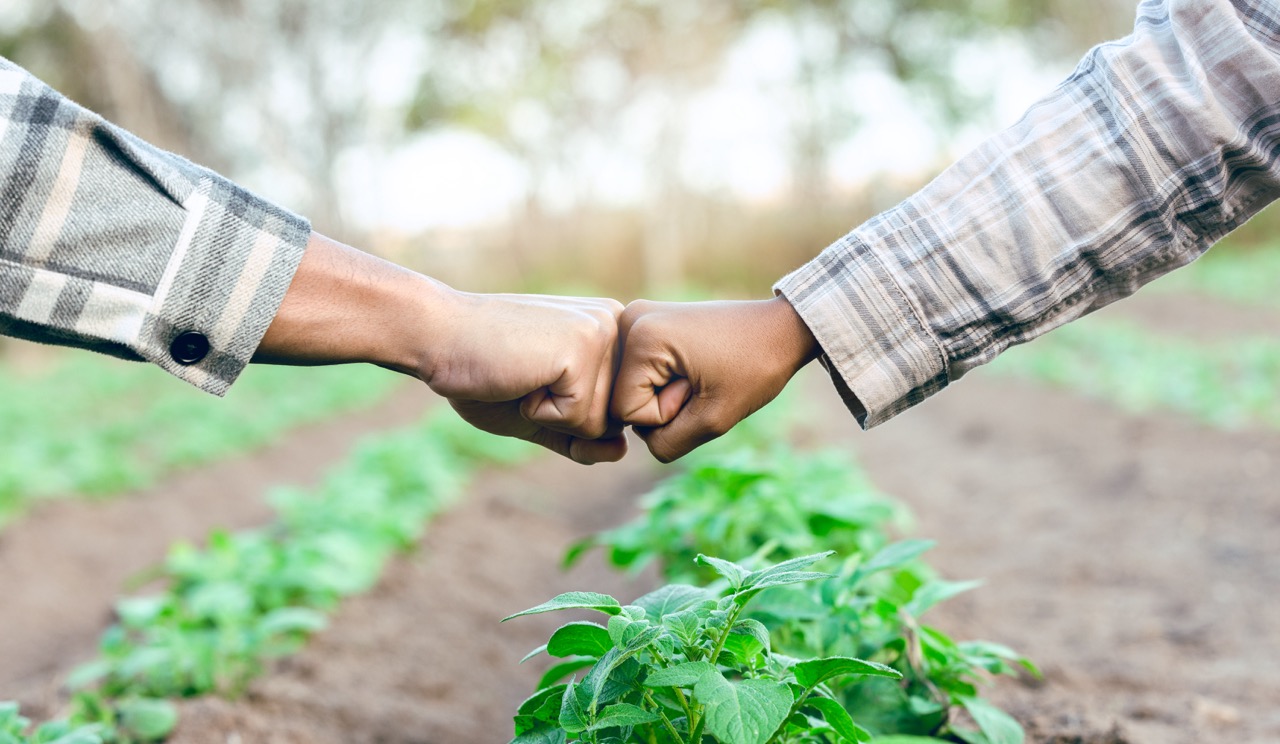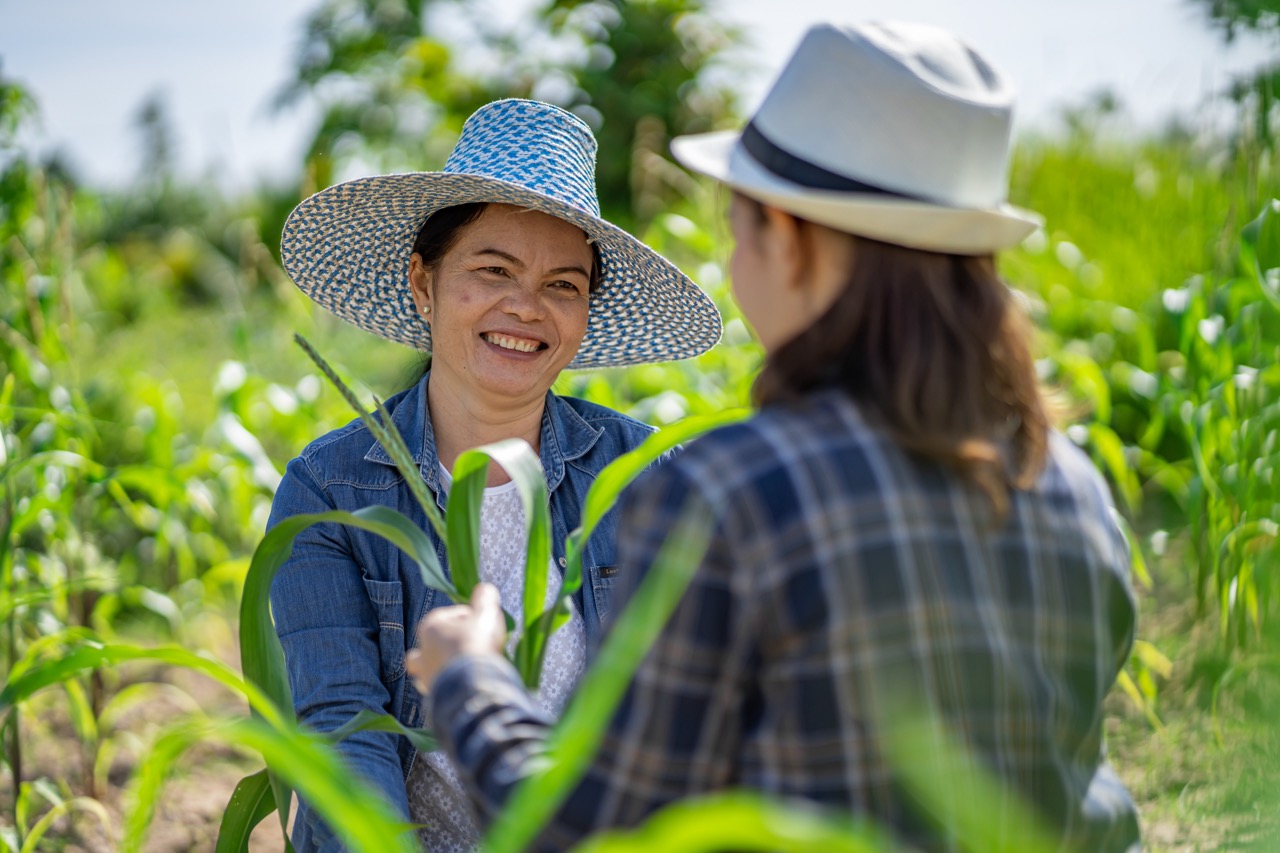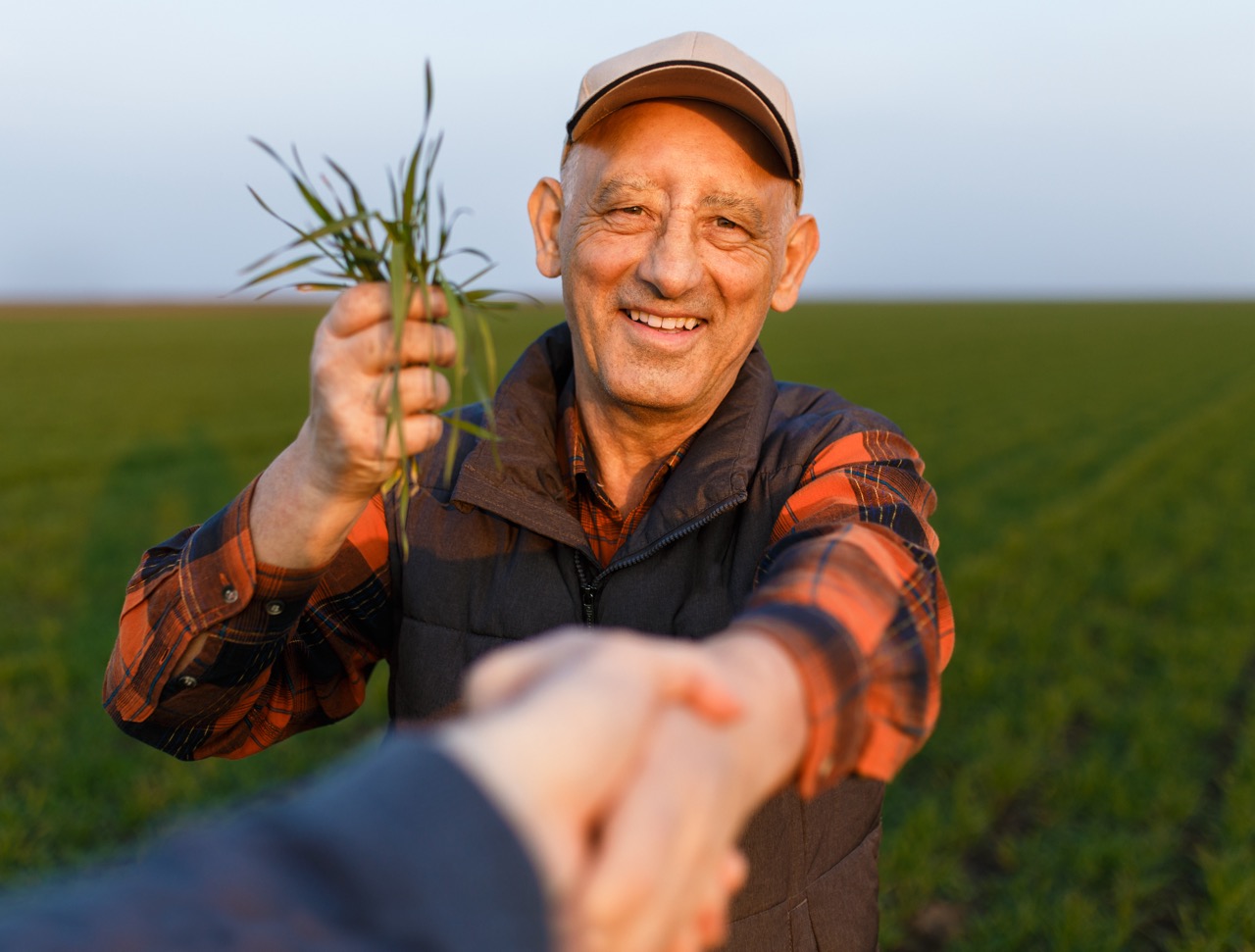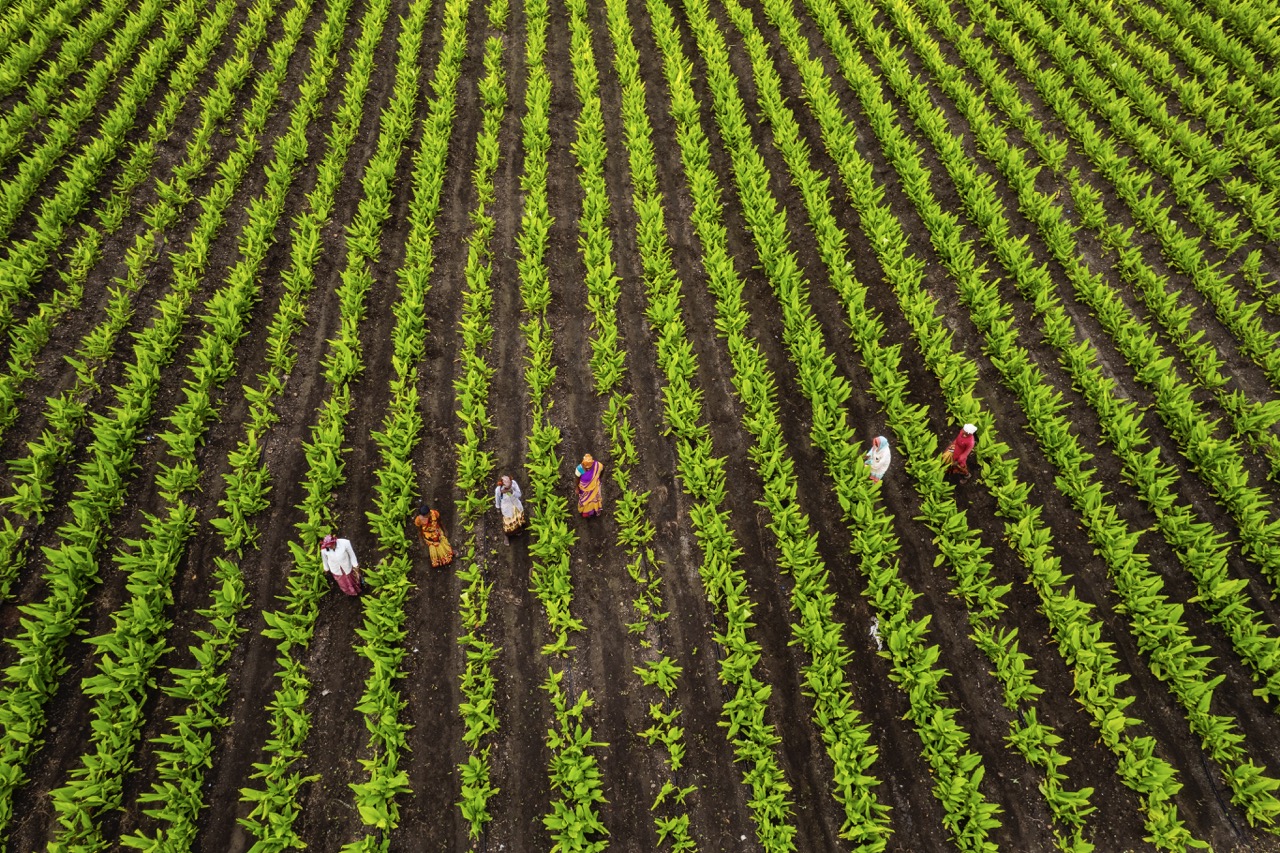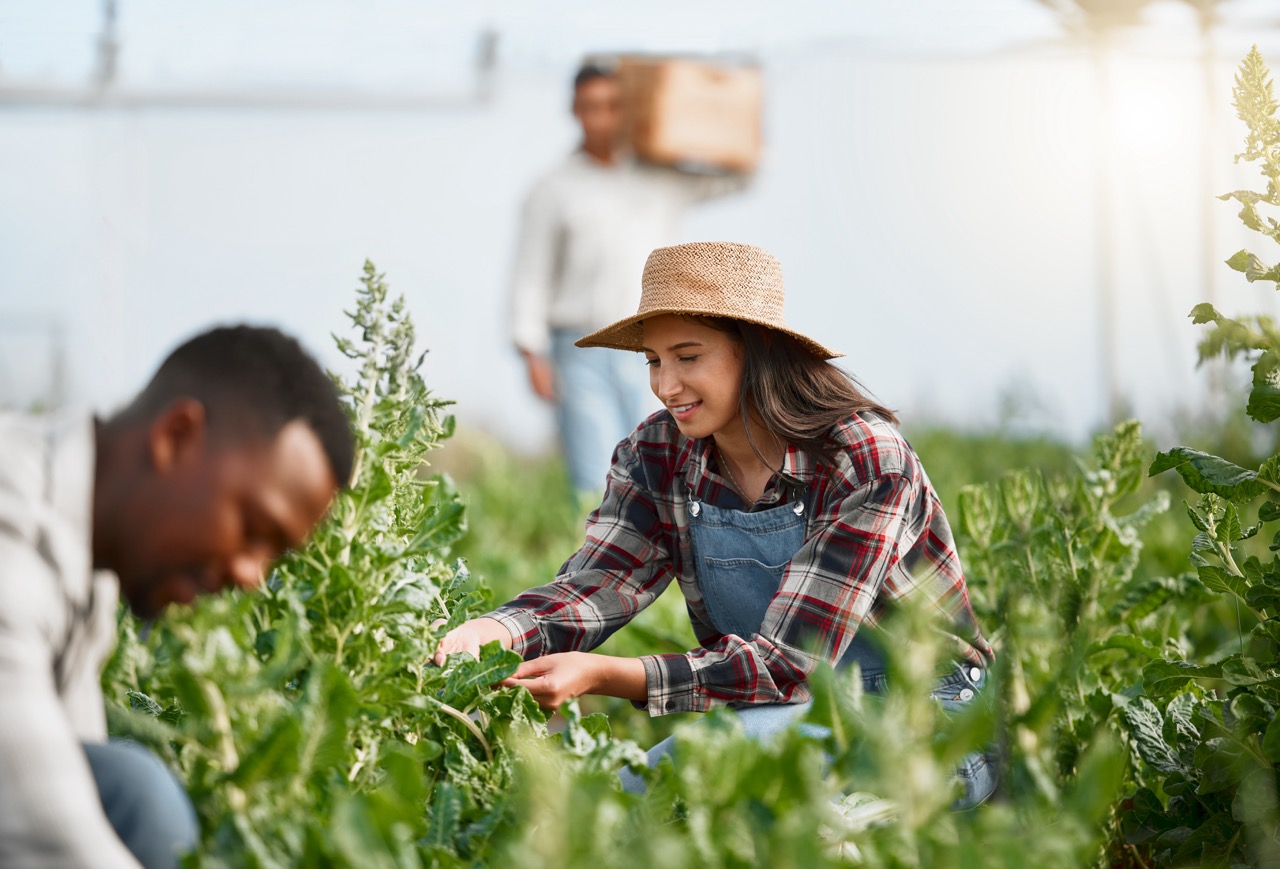Agriculture has evolved significantly over the decades, embracing diverse models that cater to both production and community engagement. One such model, sharecropping, has resurfaced as a relevant practice in certain agricultural sectors, particularly within the context of agritourism. By allowing landowners to collaborate with farmers through shared equity, sharecropping not only sustains livelihoods but also enhances local tourism initiatives. This article explores how sharecropping supports agricultural tourism and agritourism, highlighting its relevance in the modern landscape of farming and leisure.
Understanding Sharecropping’s Role in Modern Agriculture
Sharecropping, a system where landowners provide land, tools, and resources to farmers in exchange for a share of the crop yield, has deep historical roots. In today’s context, this arrangement has adapted to meet the needs of modern agriculture by promoting sustainability and inclusivity. It allows new farmers—often those without the financial means to purchase land—to enter the agricultural sector. This dynamic is particularly beneficial in regions transitioning to organic or sustainable farming, where the sharecropping model fosters community involvement and supports eco-friendly practices.
In addition, sharecropping can enhance crop diversity and resilience. By facilitating the cultivation of a variety of crops, sharecroppers can respond more effectively to consumer trends and market demands, especially within the agritourism sector. With a focus on local produce, sharecropped lands can supply fresh fruits, vegetables, and specialty items that appeal to a growing market of tourists interested in farm-to-table experiences. This system supports innovations in agricultural methods, thereby enhancing product quality and sustainability.
Moreover, sharecropping can help preserve rural landscapes and traditional farming practices that are often attractive to tourists. As agricultural tourism continues to flourish, the visual appeal of working farms, combined with the promise of authentic experiences, captures the interest of travelers seeking to connect with nature and local culture. Sharecroppers, by maintaining these landscapes, contribute to the aesthetic and experiential value that agritourism offers.
The Intersection of Sharecropping and Agritourism Trends
The rise of agritourism reflects a broader trend in the tourism industry, where experiential travel is gaining traction. Visitors are increasingly drawn to authentic, immersive experiences that allow them to engage directly with agricultural practices. Sharecropping aligns seamlessly with this trend, as it provides tourists with unique opportunities to participate in farm activities, from planting seeds to harvesting crops. Such engagement fosters a deeper understanding of food production and strengthens the connection between consumers and their food sources.
Additionally, the collaborative nature of sharecropping can lead to the development of farm-based attractions that enhance the visitor experience. Sharecroppers often organize events such as harvest festivals, farm tours, and educational workshops that not only promote agricultural practices but also highlight local culture and traditions. These events attract tourists who are keen on experiencing the richness of rural life, thus bridging the gap between agriculture and tourism in innovative ways.
Moreover, the increasing popularity of sustainable food practices and local sourcing has made sharecropping a compelling aspect of agritourism. Tourists are more inclined to support farms that practice sustainability and ethical farming methods, which are often hallmarks of sharecropped operations. By showcasing local produce and engaging visitors in the farming process, sharecroppers can create memorable experiences that resonate with eco-conscious travelers and contribute to the overall appeal of agritourism.
Economic Benefits of Sharecropping for Local Tourism
The economic implications of sharecropping extend beyond agricultural productivity; they significantly impact local tourism economies. By fostering a symbiotic relationship between sharecroppers and local businesses, sharecropping can enhance the overall economic viability of rural communities. As tourists flock to experience the agritourism offerings, local businesses—including restaurants, shops, and accommodations—benefit from increased foot traffic and sales, creating a thriving local economy.
Moreover, sharecropping can stimulate job creation within the community. As agritourism activities grow, there is a rising demand for workers to assist with tours, workshops, and other visitor experiences. This can help to generate employment opportunities for locals, further bolstering the economic landscape. The collaborative nature of sharecropping encourages the development of joint initiatives, such as co-operative marketing strategies, that allow sharecroppers to reach a broader audience and maximize their financial potential.
Furthermore, the revenue generated from agritourism can contribute directly to the maintenance and improvement of agricultural land. Sharecroppers can reinvest their earnings into sustainable practices, enhancing productivity while preserving the environment. This reinvestment creates a positive feedback loop, where successful agritourism ventures lead to continued growth and sustainability, making sharecropping not just a viable agricultural practice but also a catalyst for economic development in rural areas.
Future Prospects: Sharecropping’s Impact on Agritourism
Looking ahead, the intersection of sharecropping and agritourism presents promising prospects for the agricultural sector. As consumer preferences increasingly shift toward sustainable and locally-sourced products, sharecropping can play a pivotal role in meeting these demands. By cultivating diverse crops that appeal to tourists and local markets, sharecroppers can enhance their viability while supporting the agritourism movement.
Furthermore, technological advancements and digital marketing strategies are poised to expand the reach of sharecropping into new territories. With the rise of online platforms that promote agritourism experiences, sharecroppers can leverage social media, websites, and apps to attract tourists more effectively. This exposure can lead to greater awareness of the sharecropping model as a sustainable agricultural practice, opening doors for new partnerships and collaborations within the tourism sector.
Finally, as the conversation around food security and sustainable agriculture intensifies, sharecropping could emerge as a solution that aligns with both agricultural needs and tourism growth. Continued investment in education and training for sharecroppers, as well as community support for agritourism initiatives, will be vital. This collaborative approach can pave the way for a future where sharecropping not only sustains agricultural practices but also enriches local tourism economies and experiences.
In conclusion, sharecropping is more than just a historical farming practice; it is a model that has found relevance in today’s agricultural and tourism landscapes. By nurturing a relationship between sharecroppers and agritourism, communities can create vibrant economic ecosystems that benefit both farmers and tourists alike. As we move forward, the potential for sharecropping to enhance agritourism illustrates the importance of innovative and sustainable practices in the agricultural sector. With continued support and adaptation, sharecropping can thrive, contributing to the sustainability of agriculture and the richness of local tourism experiences.
